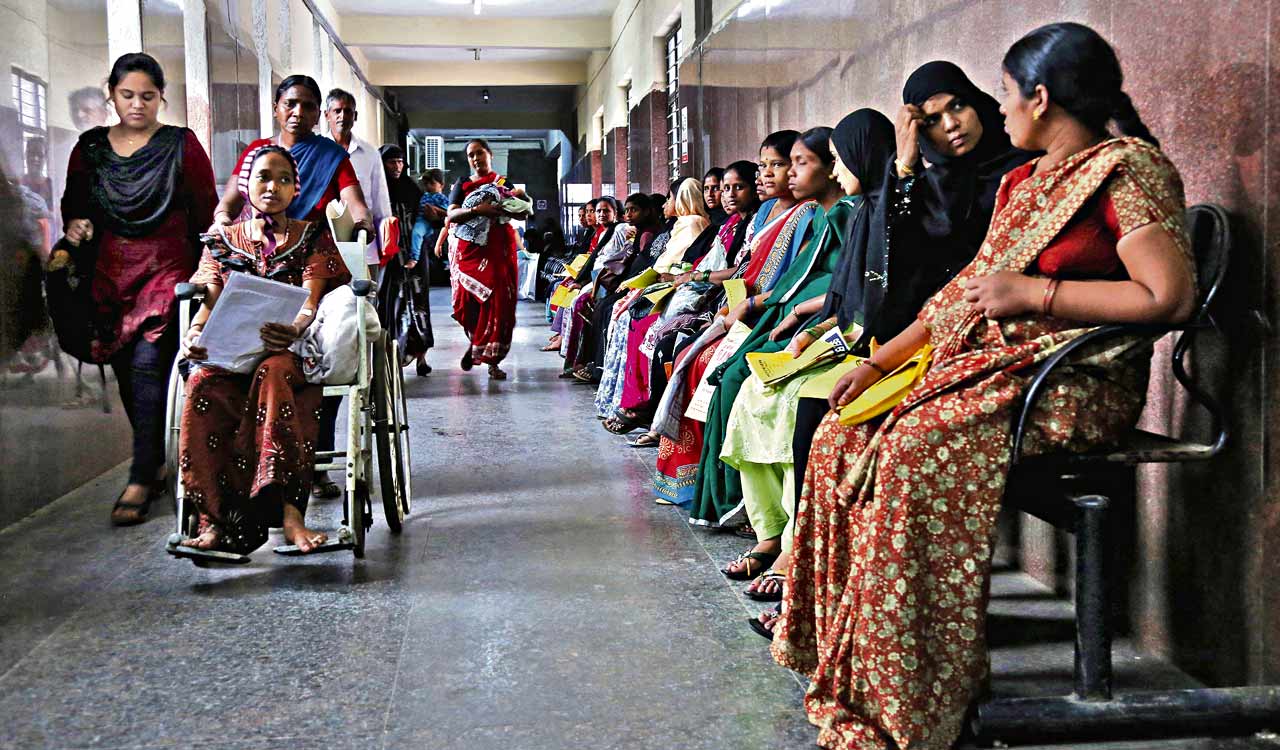The main contributing factor for such high-risk pregnancies in Telangana State is short birth spacing, which is 31.1 per cent of pregnancies followed by 19.5 per cent of pregnancies where women have history of adverse birth outcomes
Published Date – 12 February 2024, 11:52 PM

Hyderabad: Despite steady improvement in maternal mortality, Telangana faces the challenge of widespread prevalence of high-risk pregnancies. A recent nation-wide study on maternal health by Indian Council of Medical Research (ICMR) has indicated that 60.3 per cent of pregnancies in Telangana State are high-risk pregnancies, a sharp contrast from the countrywide average of 49.4 per cent.
The main contributing factor for such high-risk pregnancies in Telangana State is short birth spacing, which is 31.1 per cent of pregnancies followed by 19.5 per cent of pregnancies where women have history of adverse birth outcomes like miscarriage, abortion or stillbirth.
Telangana also ranks high among other Indian States where a pregnant woman struggles with multiple high-risk factors. According to the ICMR-NIRRCH study, published in Journal of Global Health (September, 2023), 26.2 per cent of pregnant women in Telangana suffer from multiple risk factors that includes a combination of pre-existing co-morbidities like thyroid disorders, diabetes, heart and kidney disease along with short birth spacing etc, during their pregnancies.
High-risk pregnancies (HRP) place women and their offsprings at the highest risk for morbidity and mortality. Maternal and medical risks increase pregnancy risk and complications during pregnancy and childbirth. The study found that the most common HRP was short birth spacing i.e., there is no minimum gap of at least 19 months between birth and next pregnancy and maintaining normal BMI, which goes a long way in reducing pregnancy-related risks.



